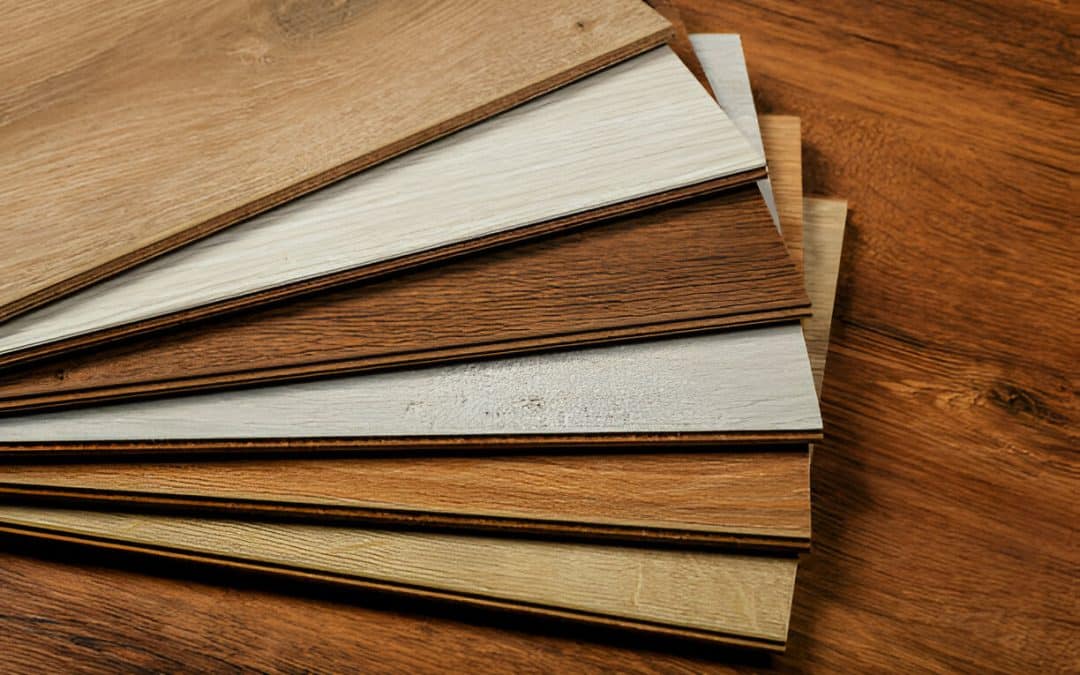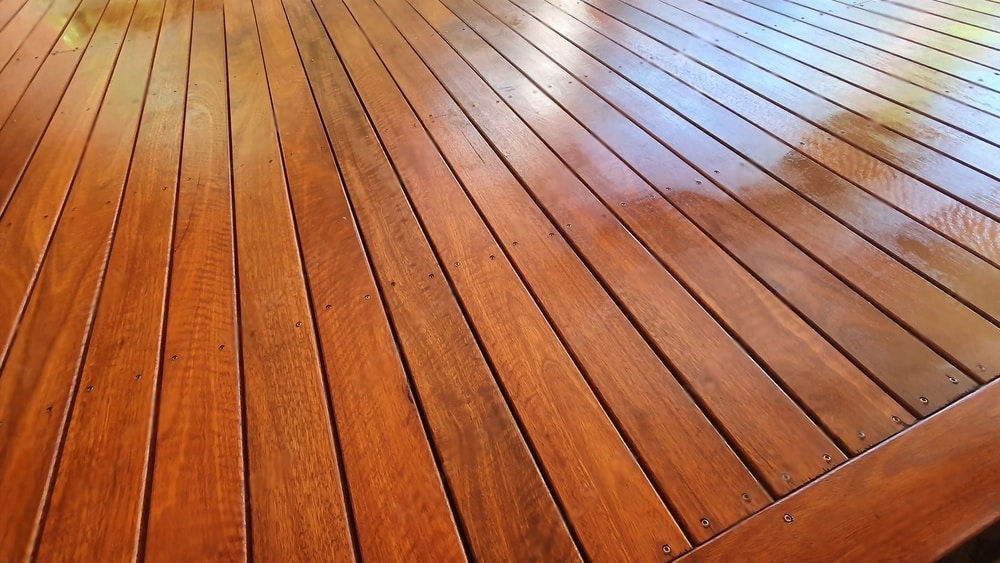
The Ultimate Guide to Best Australian Hardwood
Australia is home to some of the world’s most durable and visually striking hardwoods. Whether you’re looking for timber for flooring, decking, furniture, or construction, Australian hardwoods offer unparalleled strength, resilience, and aesthetic appeal. Their unique grains, rich color variations, and ability to withstand harsh conditions make them a preferred choice for both residential and commercial applications.
Why choose Australian hardwood?
- Distinctive grain patterns: Each variety showcases a unique texture and color range.
- Durability & strength: High resistance to wear, weathering, and pests.
- Sustainable sourcing: Many Australian hardwoods come from responsibly managed forests.
- Versatile applications: Suitable for both indoor and outdoor use.
Selecting the right hardwood requires knowledge about sourcing, durability, and maintenance. This guide explores the top varieties of Australian hardwood, their key characteristics, and essential care tips to ensure longevity.
Top Varieties of Australian Hardwood
Australia boasts a diverse range of hardwoods, each offering specific benefits based on texture, density, and durability. Some are exceptionally resistant to moisture and pests, making them ideal for outdoor use, while others provide a refined, smooth finish that suits interior spaces.
Understanding the characteristics of different hardwoods helps in choosing the best option for your project. Let’s explore some of the most sought-after varieties.
Jarrah (Eucalyptus marginata)
Jarrah is one of Australia’s most recognizable hardwoods, known for its deep reddish-brown hues that darken over time. It is highly durable and resistant to termites, decay, and fire, making it ideal for both indoor and outdoor applications.
- Common Applications: Jarrah is widely used for flooring, decking, and high-end furniture, thanks to its impressive durability and rich aesthetic appeal. Additionally, it is commonly utilized in structural beams, railway sleepers, and outdoor construction due to its resistance to harsh environmental conditions.
- Maintenance: To maintain Jarrah’s natural beauty, regular sealing or oiling is recommended to enhance its color and protect against weathering. Avoid excessive moisture exposure to prevent warping and ensure longevity. Cleaning with mild, non-abrasive agents helps preserve its smooth finish.
- How to check for legitimacy: Authentic Jarrah features a deep, rich red-brown hue and a dense grain pattern. Ensure you are purchasing certified, sustainably sourced timber by looking for FSC or PEFC certification. Reliable suppliers like Austimber provide genuine, high-quality Jarrah.
Blackbutt (Eucalyptus pilularis)
Blackbutt is a light-colored hardwood with a straight grain, making it a popular choice for modern interiors. Its natural fire resistance also makes it suitable for bushfire-prone areas.
- Common Applications: Blackbutt is frequently used for flooring, cladding, and structural joinery, adding a sleek and contemporary aesthetic to homes and commercial spaces. It is also widely chosen for furniture and decorative paneling due to its even grain and ease of finishing.
- Maintenance: Regular application of a protective finish helps maintain Blackbutt’s color and durability. Cleaning with a soft damp cloth prevents dust buildup, while shielding it from prolonged sun exposure reduces the risk of discoloration.
- How to check for legitimacy: Genuine Blackbutt exhibits a uniform, pale straw to golden-brown color with a straight grain. Always verify sustainable harvesting certification and source from reputable providers like Austimber to ensure authenticity.
Spotted Gum (Corymbia maculata)
Spotted Gum is known for its stunning grain patterns and high durability. Its natural oils enhance its resistance to wear and decay, making it an excellent choice for outdoor and high-traffic areas.
- Common Applications: Spotted Gum is highly sought after for outdoor decking and cladding, as its natural strength withstands heavy use and weather exposure. It is also favored for flooring, staircases, and structural applications due to its attractive grain and resilience.
- Maintenance: Using a protective finish enhances the wood’s longevity and preserves its striking appearance. Regular cleaning prevents dirt accumulation while minimizing exposure to extreme moisture helps maintain its integrity over time.
- How to check for legitimacy: Authentic Spotted Gum features a distinctive wavy grain and color variations ranging from pale grey to rich brown. Ensure certification for responsible forestry practices and obtain your timber from trusted sources like Austimber.
Tasmanian Oak (Eucalyptus regnans, Eucalyptus delegatensis, Eucalyptus obliqua)
A blend of three eucalyptus species, Tasmanian Oak is a premium, light-colored hardwood known for its workability and fine grain. It is commonly used in interior design and furniture making.
- Common Applications: Tasmanian Oak is widely used for cabinetry, fine furniture, and mouldings due to its smooth grain and workability. It is also a popular choice for flooring, wall paneling, and decorative trims in modern and traditional designs.
- Maintenance: To keep Tasmanian Oak looking pristine, periodic polishing helps maintain its smooth texture. Prevent moisture buildup by ensuring proper sealing, and regular dusting helps preserve its natural beauty.
- How to check for legitimacy: Genuine Tasmanian Oak exhibits a consistent, pale hue with a straight grain. Always look for certification verifying ethical sourcing and purchase from established suppliers like Austimber.
Ironbark (Eucalyptus crebra, Eucalyptus paniculata, Eucalyptus sideroxylon)
Ironbark is one of the hardest and most durable Australian hardwoods, making it ideal for heavy-duty applications. It is naturally resistant to fire, pests, and extreme weather conditions.
- Common Applications: Ironbark is extensively used in outdoor decking, bridges, and marine structures due to its extreme strength and resistance. It is also an excellent choice for industrial flooring, commercial construction, and residential applications that require maximum durability.
- Maintenance: Applying weatherproof sealants helps enhance Ironbark’s lifespan, particularly in outdoor settings. Regular inspections for cracks or surface wear ensure long-term performance, while gentle cleaning with mild detergents preserves its natural appearance.
- How to check for legitimacy: Authentic Ironbark is characterized by its dense, interlocked grain and hard texture. Ensure your supplier follows sustainable harvesting practices and purchase from ethical sources like Austimber.
Factors to Consider When Choosing Australian Hardwood
When selecting the right hardwood, consider these key factors:
- Durability & Hardness: Choose a species based on Janka hardness ratings.
- Aesthetic Appeal: Look at grain, texture, and color variations.
- Sustainability: Opt for FSC or PEFC-certified wood to support responsible forestry.
- Budget & Availability: High-end hardwoods may offer better longevity and value.
- Maintenance Needs: Some hardwoods require regular oiling or sealing to maintain their appearance.
For expert advice, consult Austimber to find the best hardwood suited to your project.
Where to Buy Quality Australian Hardwood?
Finding high-quality Australian hardwood is essential to ensure durability and authenticity. Austimber is a trusted supplier offering:
- Sustainably sourced, certified hardwoods
- Transparent product descriptions and expert advice
- Premium-quality timber suitable for various applications
Contact Austimber to explore an extensive range of Australian hardwoods tailored to your needs.
Conclusion
Australian hardwoods offer unmatched durability, beauty, and sustainability. Whether you’re looking for the rich tones of Jarrah, the neutral aesthetics of Blackbutt, or the robustness of Ironbark, each species provides unique benefits for different applications.
Why Choose Austimber?
- Expert guidance on choosing the right hardwood for your project.
- High-quality, certified timber sourced responsibly.
- Commitment to sustainability and customer satisfaction.
Invest in premium Australian hardwood from Austimber today and enhance your space with top-tier, long-lasting timber solutions.

